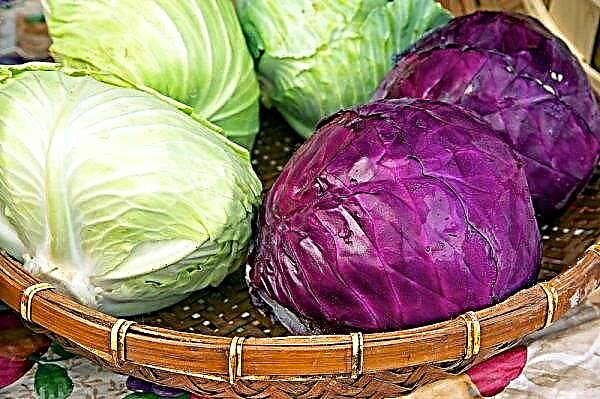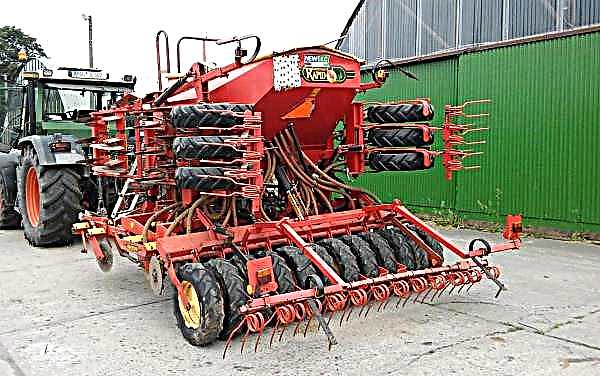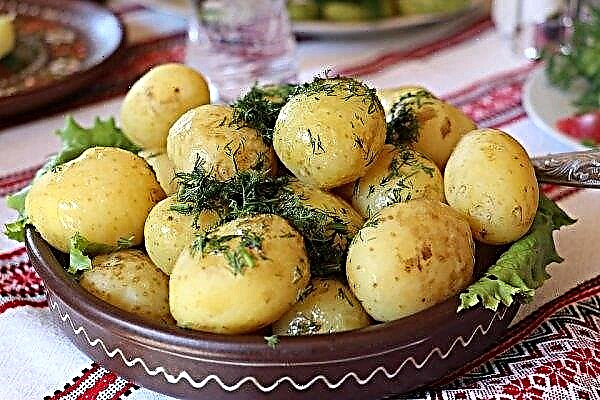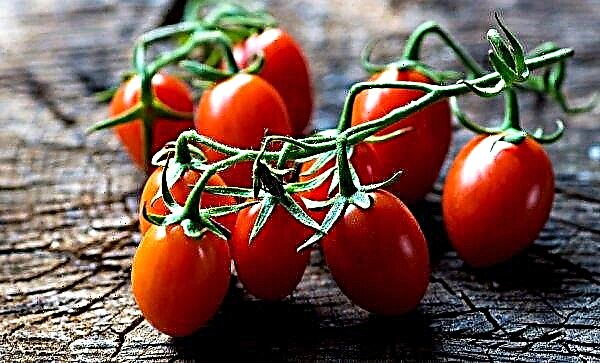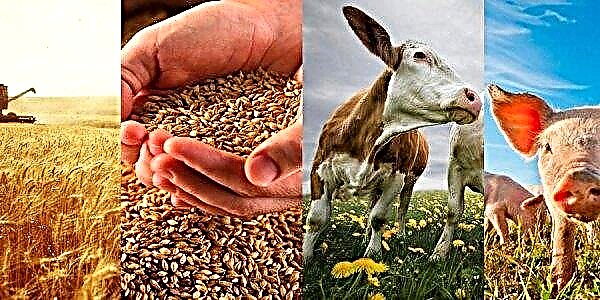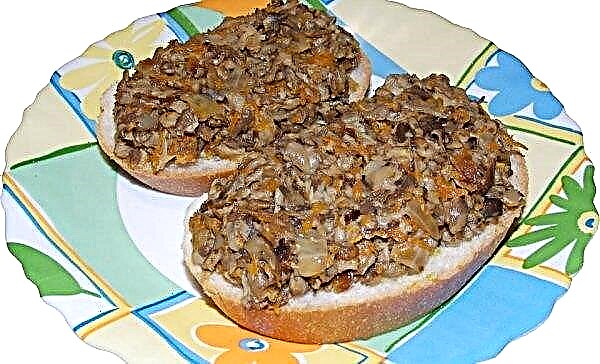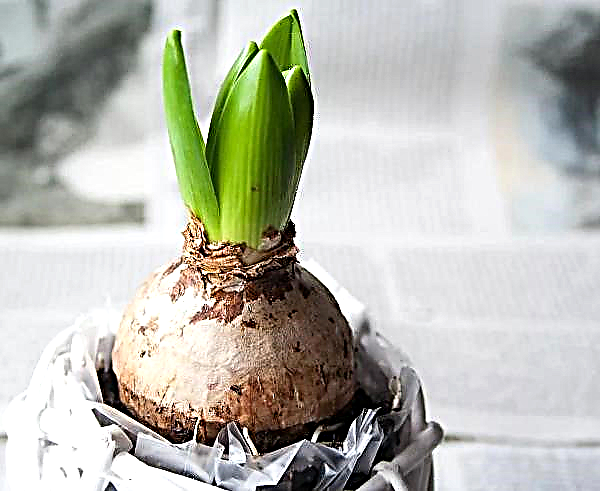The process of growing carrots is quite simple. However, it is still necessary to choose the right variety and follow the rules of agricultural technology. Our article will tell about the variety of carrots NIIOKH 336, its characteristics and growing characteristics.
Breeding History and Main Growing Regions
The carrot variety NIIOKH 336 got the strange name at the place of selection work at the All-Russian Research Institute of Vegetable Management. The selection is based on the parental varieties Vitamin 6 and Hybrid 5, followed by individual selection of the best samples.
The variety was included in the State Register of the Russian Federation in 1978 and allowed in gardening and commercial production in almost all regions except the northern regions, where the variety does not have time to mature in a short summer. Currently, carrots are grown everywhere, even in risky farming areas.
Currently, carrots are grown everywhere, even in risky farming areas.
Features and characteristics
Mid-season variety - the vegetation period from sowing to technical ripeness is 110-120 days. In the southern regions, aging is faster and lasts 90-100 days. Root crops are equally sized, of good quality. The tops of carrots form an upright outlet up to 50-60 cm high.
The keeping quality is average. Harvested for up to 4-6 months, marketability of products during storage - 80–90%. The purpose of the variety is universal: “on a bunch” in the early stages, fresh, for preservation and preparation of juices.
Description of root crops
The root crop has the following characteristics:
- the average value - by the time of ripening reaches a weight of 100-130 g and about 18 cm in length;
- the shape is cylindrical, with a blunt end and the same diameter (5 cm) along the entire length;
- the surface is smooth, the color is bright orange;
- the core is round, makes up a third of the diameter, red-orange;
- the consistency of the pulp is juicy, crispy, the taste is sweet;
- high carotene content (19 mg / 100 g of product);
- immersion in the soil is complete.
Ripening dates and productivity
The variety is mid-ripening - ripens in 100-120 days. Sowing is carried out in April-May, harvesting is in July-August.
 Productivity is 6–9 kg / 1 m² or 1000 kg / ha in commercial production
Productivity is 6–9 kg / 1 m² or 1000 kg / ha in commercial production
Grade immunity
The variety is cold-resistant, medium resistant to disease, not susceptible to darting and flowering. Zoned for areas with adverse weather conditions and areas of risk farming.
Pros and cons of the variety
- Grade advantages:
- the availability of seed and low prices;
- ease of care and agricultural technology, cold resistance;
- stable yield;
- high quality fruits, high carotene content and a sweet taste;
- universal use.
Did you know? In Russian zoos, flamingos include carrots to preserve the color of their plumage. Under natural conditions, small crustaceans provide a bright color for birds.
Agriculture planting carrots in the open ground
Two seasons are suitable for planting carrots: spring and autumn. Each of them has its own characteristics:
- winter sowing is carried out in October-November before the first frost with dry seeds, which allows you to get fresh carrots 1-2 weeks earlier;
- spring sowing is carried out in moist soil in April-May after the snow melts and the soil warms up to + 5 ... + 8 ° C, when there is no longer a threat of frost.
In autumn sowing, carrot seeds can germinate at a temperature of + 4 ... + 6 ° C during the late thaw, which will lead to the death of seedlings in winter, so the sowing time should be shifted as close as possible to the onset of cold weather. Seeds in spring sowing should be decontaminated with a weak solution of potassium permanganate (1%), soaked in aloe juice or in the “Khom” preparation (1 g per 2 l of water)
Seeds in spring sowing should be decontaminated with a weak solution of potassium permanganate (1%), soaked in aloe juice or in the “Khom” preparation (1 g per 2 l of water)
When growing a mid-season variety NIIOKH 336, it should be borne in mind that the seeds germinate slowly (15-30 days). The first seedlings appear at maximum weed growth. In the spring, dry air often leads to the formation of a crust on the surface of the soil, which delays, and sometimes can even destroy weak shoots, so timely weeding and careful loosening are important for the crop.
Important! Root crops of the NIIOKH 336 variety do not need to be earthed up, since they are completely immersed in the soil.
If you sow together with carrot seeds the seeds of lighthouse crops - radish, lettuce, spinach, peas - then with their early shoots they will indicate the location of the rows with carrots.
The first loosening to a depth of 6 cm should be carried out a week after germination, and the second - after 2 weeks. In addition to loosening, an important measure of agricultural technology is thinning, which will ensure the growth of root crops and productivity.

Site selection and soil preparation
Carrots are an unpretentious crop, but with poor soil composition, their palatability, marketability of root crops, and productivity deteriorate. To avoid these problems, you should choose a place and soil for carrot beds in this way:
- sunny area, where during the day the highest level of illumination;
- the soil is loose (density 0.7 g / 1 m²), loamy or sandy loam, with a humus content above 4%;
- with a neutral or slightly acid reaction (pH 5–7).
In the fall, the area under crops can be fertilized with humus or compost (4 kg / 1 m²).
Garden crop rotation
Compliance with crop rotation will save you from diseases and pests. In vegetable garden crop rotations, the best predecessors of carrots are tomatoes, potatoes, cabbage, cucumbers, zucchini, pumpkin, greens, legumes, green manure. In field crop rotations, lands after winter, legumes and potatoes are suitable. Avoid planting carrots in the soil after table beets.
For carrots, repeated return to the same place is allowed only after 4–5 years. This is done to eliminate soil depletion, which manifests itself in a decrease in nutrients, the accumulation of toxins and an increased risk of pests and diseases.
Important! Keeping a sowing diary with a scheme for planting vegetables in a personal plot, you will easily and correctly observe crop rotation.
Scheme and depth of landing
For sowing, it is advisable to choose a warm and sunny day. Small grooves of 0.5 cm depth are made in the area allocated for carrots. The soil in the groove must be watered and lightly compacted so that the seeds lie at the same level to the surface and do not fall under the clods of earth.
Sow seeds at a distance of 2-5 cm from each other, avoiding thickening. After sowing, the seeds are sprinkled with a layer of dry earth of 2-3 cm and leveled. You can’t water the plantings so that a crust does not form, which the seeds will not be able to penetrate.

Carrot care
Carrot care consists in timely weeding, watering as necessary, cultivation and other agricultural activities.
The beds should be kept clean and regularly removed weeds that take away nutrients from carrots, obscure crops and create favorable conditions for the spread of pests and diseases. Together with weeding, it is possible to carry out cultivation in the aisle.
Thinning avoids the appearance of crooked root crops and increases their size and quality. Usually spend 3 thinning per season:
- The first is carried out when the seedlings reach 2 cm in height, leaving a distance between them of at least 1 cm.
- After a week, spend the second, leaving a distance between seedlings of at least 2.5 cm.
- When the seedlings are extended to 10 cm, a third thinning is carried out, leaving a distance between them of at least 5 cm.

In the future, you can thin out carrots when root crops reach 1 cm in diameter and use vegetables after thinning as an early vitamin product.
Important! After thinning, the holes must be covered with earth and compacted to prevent infection with a carrot fly.
Carrots are watered at the beginning of the growing season and in the absence of rain, under the root, avoiding soil erosion and exposure of root crops. To do this, watering is carried out in two stages, waiting for the absorption of water after the first. In dry periods, the frequency and volume of irrigation is increased.
Irrigation should be carried out in the morning or in the evening in order to preserve moisture in the earth longer and not burn plants. The drip method of irrigation is considered ideal, which allows you to economically consume water and regulate the flow of moisture to the roots. Mulching the beds allows you to permanently maintain soil moisture and reduce the volume and frequency of irrigation.
Carrots are fertilized several times a season during the period of active growth and the formation of root crops. In spring, a mixture of complex mineral fertilizers and organics has a good effect on plant development. Potassium phosphorus fertilizer solutions (50 g superphosphate, 30 g potassium nitrate, 30 g ammonium nitrate per bucket of water) are suitable. With repeated feeding after 2 weeks, the dose of fertilizers is halved.

For normal development, root crops need a lot of potassium. Organic fertilizers for carrots should be applied only in diluted form (1:10), since their excess can lead to rotting of root crops. Twice a month in the garden, you can sprinkle ash in a thin layer as a potash fertilizer to improve vegetation and prevent disease. Complex mineral fertilizers should be selected with a high content of sodium, boron and sulfur.
Important! Excess nitrogen and water inhibits the growth of root crops, increasing leaf mass. An excess of chlorine, calcium and moisture leads to the fact that carrots grow with a few tails — "Horned."
NIIOKh carrot is resistant to negative environmental factors, but is affected by pests and diseases. When growing, preventive measures should be taken, and in case of damage, apply systemic control measures:
- The soil is treated with ready-made biological fungicides (Fitosporin, Bactofit, Grunt Zashchita, etc.) to reduce the infectious fungal background and protect against pests.
- In spring, against the appearance of carrot flies, wireworms and leaf flies, when 2-3 leaves appear, they are sprayed with the preparations Decis, Actellik, Splender, Aktara, Bazudin.
- If they are affected by powdery mildew or brown spotting, they are treated with fungicides ("Regent"), and with anthracnose - "Khomus".
- You can get rid of root rot with solutions of colloidal salt.

Dissolution of the drugs and their dosage should be performed according to the instructions. Joint planting of carrots, onions and garlic, as well as the sowing of other plants (marigold, calendula, sage) can provide protection from pests.
Harvesting and storage
Having grown a good crop of carrots, you need to correctly calculate the time of harvesting and bookmarks for storage. The quality of root crops, their taste characteristics and shelf life depend on this.
Did you know? Phytoncides, the so-called plant antibiotics, are found in onions, garlic and ... carrots. The antibacterial components of this vegetable have a detrimental effect on the microbes of the oral cavity.
Carrots “on a bunch” can be harvested 60 days after emergence. The ripening period of carrots NIIOKH 336 is 100-120 days, and you can calculate the harvesting time from the timing of sowing. Usually this is the end of July or the beginning of August for selective cleaning, the beginning of September - for the main.
The yellowing of the tops can also indicate the need for cleaning. Delayed harvesting can lead to new roots and bitterness.
 It is better to remove root crops from the garden with a pitchfork or simply pulling out, if loose soil allows. After harvesting, the fruits must be cleaned from the ground with a soft cloth and dried in the shade.
It is better to remove root crops from the garden with a pitchfork or simply pulling out, if loose soil allows. After harvesting, the fruits must be cleaned from the ground with a soft cloth and dried in the shade.
The shelf life of root crops depends on the selected storage method and the fulfillment of certain conditions:
- the gap between collection and bookmark in storage should be minimal;
- only healthy specimens are stored for storage without visible damage;
- large and dense root crops are stored longer than small ones;
- wooden or plastic boxes, plastic bags can serve as containers, and in the southern regions storage in bulk is allowed;
- carrots are well stored, sprinkled with wet sand, sawdust or needles, you can dip it in a mash of clay or chalk and dry it, which will save the roots from moisture loss during storage;
- if foci of infection with rot are detected, carefully select the damaged root crop to avoid the spread of infection and treat the foci with lime;
- the room should be dry, sanitized with lime whitewash, with good ventilation and constant microclimate (temperature - + 2 ° C, humidity - 98%).
Did you know? Orange carrots owed to breeders from the Netherlands, who in the XVII century. presented such a vegetable as a gift to Prince William of Orange, whose dynastic color was orange.
Carrots of the NIIOKH 336 variety belong to the time-tested and popular crops among gardeners. Agrotechnical measures for sowing and caring for this variety are extremely simple, but can achieve good and high-quality results.


